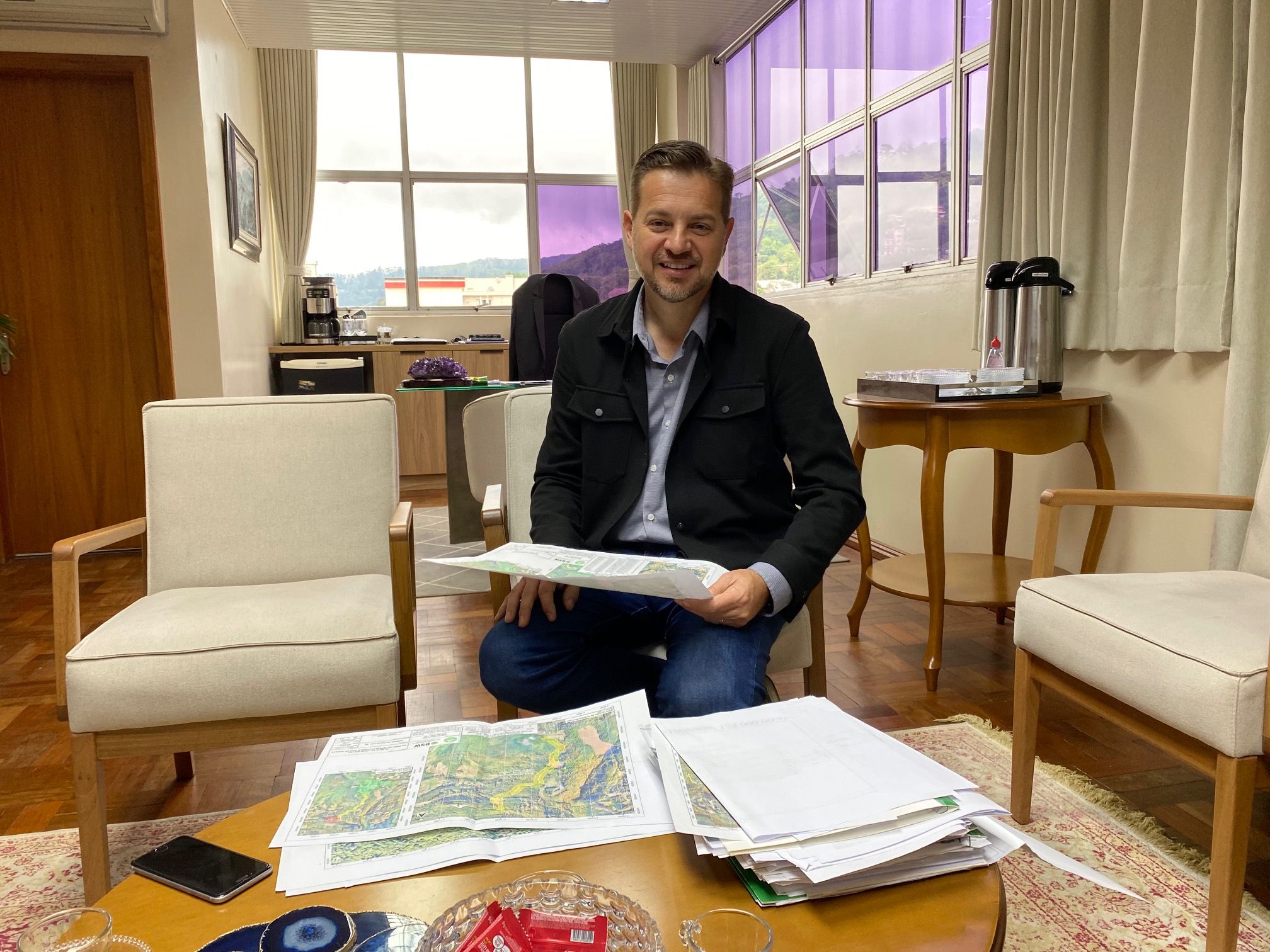New World’s Tallest Christ Statue Is A Religious And Tourism Draw In Brazil
ENCANTADO, Brasil — Encantado, located in Rio Grande do Sul State, Southern Brazil, has a unique distinction.
It houses the largest Catholic sculpture in the world — Christ Protector — at 145 feet in height, which includes the pedestal. Some $800,000 was raised in donations to create the towering sculpture.
From May 2021 to December 31, 2022, this singular structure received more than 130,000 Brazilian and foreign tourists from 40 countries, according to Robison Gonzatti, businessman and vice-president of Friends of Christ Organization.
The construction began in July 2019, atop the Morro das Antenas, 1,300 feet above sea level. The location is considered one of the postcards of Encantado, which claims 23,000 inhabitants and a beautiful panoramic view of Garibaldi Lagoon and Taquari Valley.
The creator of the audacious project was former Mayor Adroaldo Conzatti. At the time, he met with residents and businessmen in the region to find ways to raise funds to build the structure and turn it into a new tourist hub.
After much debate, a task force was created with the sale of raffle tickets and requests for voluntary donations. The impact of Christ Protector in Encantado took on such a large and unexpected dimension that gradually, people from other countries began to make donations so the artistry could begin.
The proposal was to build the image of a Christ larger than Christ the Redeemer, in Rio de Janeiro, at 125 feet high including the pedestal, without raising public funds. Mayor Conzatti died in March 2021, a victim of coronavirus and did not live to see the project completed.
The Christ Protector differs from statues around the world; its viewpoint is the frame of a heart.
”The interior access to the viewpoint, which will be illuminated in red lights at night, is still under construction, as the installation of glass and elevator is still missing. The installation is expected to be completed by the end of March, said Robison Gonzatti. The ticket to climb in the heart will be charged separately.

Who created the statue?
The sculpture weighs around 1,700 tons and is about the size of a 14-story building. Just the face of Christ took three months to sculpt and weighs 6 tons. The majestic statue was created by Brazilian plastic artist Genésio Gomes de Moura, known as “Ceará,” and his son Markus Moisés Rocha Moura.
At the top of the hill, around the feet of Christ Protector, parking lots, shops, restaurants, a chapel and public restrooms will be built to accommodate tourists. Also, just before accessing the statue area, the Jardim do Acolhimento will be built.
The new environment will have a space for contemplation next to a native forest, playground and elevated walkways with viewpoints to the Taquari Valley, reports the mayor of Encantado, Jonas Calvi.

The future garden will be located in an area of ​​7.4 acres. ”The proposal is to create a unique environment to welcome tourists before arriving at Christ, without interfering with nature. The space invites visitors to reflect, to breathe the fresh air, enjoy the green of the forest and the singing of the birds,” said Mayor Calvi.

The work is expected to begin this month and the budget is $562,000 paid by the city. The access road to the hill is under construction and will soon receive asphalt. Along the nearly two-mile route, there will be a bike path and space for walking. The funds will come from the city and the state government.
According to Rafael Fontana, part of the Friends of Christ Organization, despite not having its surroundings completed, the mega sculpture can be visited by tourists during weekends, Saturdays, Sundays and holidays, from 9 a.m. to 5 p.m.
‘’The donation costs $5.60 and the money raised will be invested to continue the works of Christ himself. Seniors over 60 pay half price and children under 12 pay no charge. Residents of Encantado have a 50% discount by showing their SUS card,’’ said Fontana.
”The installation is expected to be completed by the end of March,” said Gonzatti.
Dimensions of Christ Protector
Pedestal height: 19.68 feet
Height of the statue: 123.03 feet
Arm span: 127.95 feet
Estimated total weight: 1,700 tons
Altitude above sea level: 1430.43 feet
Height above the city: 1240.14 feet
Recommended from our partners
The post New World’s Tallest Christ Statue Is A Religious And Tourism Draw In Brazil appeared first on Zenger News.
 Westside Story Newspaper – Online The News of The Empire – Sharing the Quest for Excellence
Westside Story Newspaper – Online The News of The Empire – Sharing the Quest for Excellence
